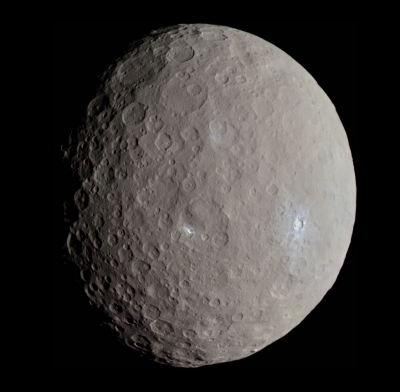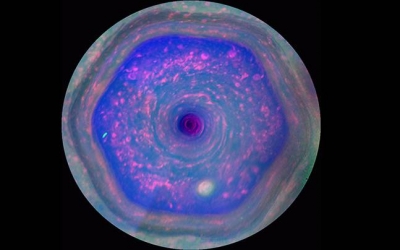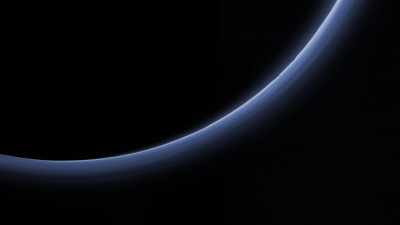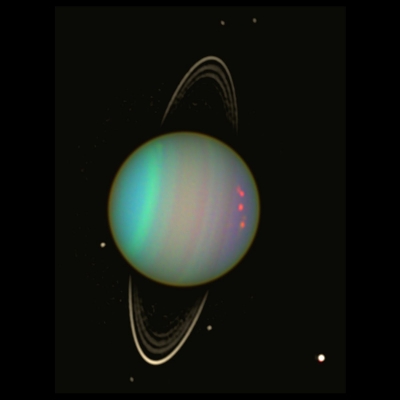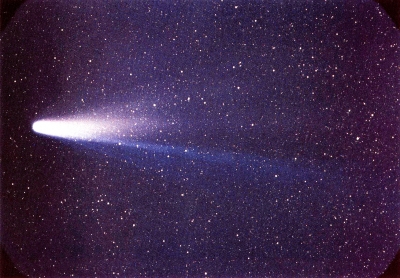
Halley is the only known short-period comet that is regularly visible to the naked eye from Earth, and the only naked-eye comet that can appear twice in a human lifetime. Halley last appeared in the inner parts of the Solar System in 1986 and will next appear in mid-2061.
Astronomy began changing swiftly around the time of Shakespeare, however. Many astronomers of his time held that Earth was the center of the solar system, but Nicolaus Copernicus — who died about 20 years before Shakespeare’s birth — published findings showing that the center was actually the sun.
It took several generations for Copernicus’ calculations to take hold in the astronomy community, but when they did, they provided a powerful model for how objects move around the solar system and the universe.
The comet appeared in 1531, 1607 and 1682. Halley suggested the same comet could return to Earth in 1758. Halley did not live long enough to see its return – he died in 1742 – but his discovery inspired others to name the comet after him.
On each successive journey to the inner solar system, astronomers on Earth turned their telescopes skyward to watch Halley’s approach.
The comet’s pass in 1910 was particularly spectacular, as the comet flew by about 13.9 million miles (22.4 million kilometers) from Earth, which is about one-fifteenth the distance between Earth and the sun. On that occasion, Halley’s Comet was captured on camera for the first time.
Picture Credit : Google

